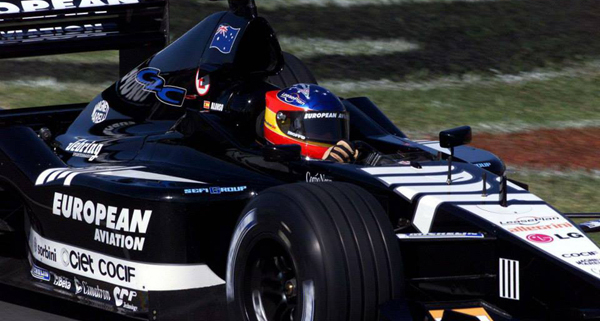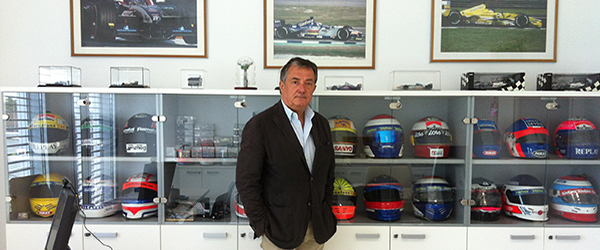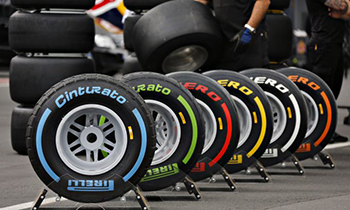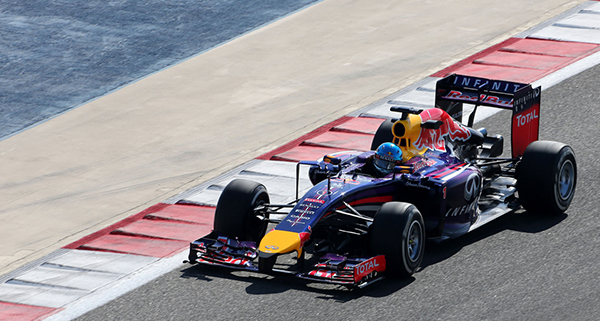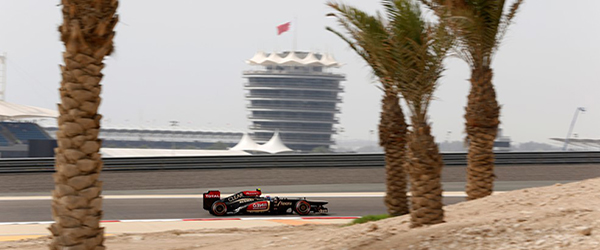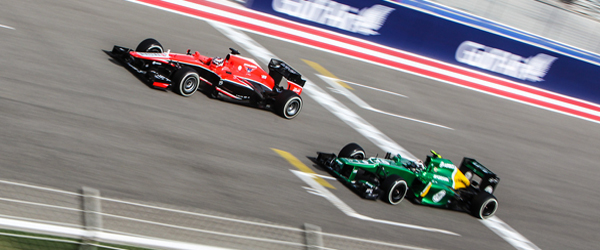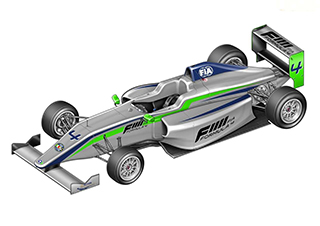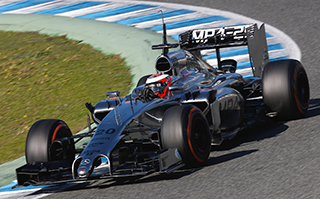 After analysing sport regulations, let’s talk about technical changes which have unsettled engineers, team principals and drivers. In short, many changes have been introduced, so starting from the Australian GP on, many unexpected things may occur.
After analysing sport regulations, let’s talk about technical changes which have unsettled engineers, team principals and drivers. In short, many changes have been introduced, so starting from the Australian GP on, many unexpected things may occur.
The Jerez and Bahrain testing sessions showed us how complicated the new technology installed inside the new cars is – V6 turbocharged engine and electric batteries-. Many red flags were brought out throughout the 12-day-testing-session so, this makes us understand that there is still so much work to do. Many teams didn’t manage to complete all the laps they’re expected to run in a GP and, those teams who managed to do that didn’t use the Kers and had to limit the number of revs of their engines. At Melbourne, nobody will make full use of the 15.000 rev/min. The attention of all professionals is mainly focused on 2 aspects: Reliability and fuel Consumption.
Reliability, as only gaining miles and running laps all problems can come to light, therefore, reliability is the key factor which allow a diver to see the chequered flag. Fuel consumption, as, starting from this season, a new rule concerning fuel consumption has been introduced. Each driver is allowed to use max. 100 kg of fuel per race, this is currently one of the main problems teams haven’t managed to solve yet. I think the motto “Slow and steady wins the race” will be followed by many teams this season.
 If we take the aforementioned aspects into account, some new scenarios would be expected:
If we take the aforementioned aspects into account, some new scenarios would be expected:
SAFETY CAR: this aspect cannot be underestimated. Red flags were brought out many times during pre-season testing so, officials’ on-track activity was so intense. Lack of reliability could lead to a safety car’s overuse as, starting from this season, intervention times may be much longer. As a matter of fact, race officials will have to wait for green lights to switch on before getting into action. As a consequence, race direction may bring out the safety car. What is more, if the safety car will be deployed more often, drivers would have to run ‘low speed’ much longer, causing temperature rising- one of the biggest problems for the Renault-powered teams – and greater energy storage. Can you imagine the consequences of that?
ON-TRACK SAFETY: while drivers will have to perform acrobatics in order to get out of the car without touching the bodywork, race officials will have to follow the right procedures before performing corrective actions on the car.
 REPAIRING TIMES: due to their complexity, cars repairing times have become much longer. Operation times to replace a gearbox or a power unit have become much longer. Can you imagine what it might happen if a problem occurs before the qualifying session? Cars might not be ready to race and staff access hours to the pit should probably be revised. Now regulations provide that all cars should be covered and ready to be affixed the FIA seal within 3 hours and a half from the end of qualifying session, so that they can be monitored until the following day. After that, no intervention is allowed, unless FIA allows it.
REPAIRING TIMES: due to their complexity, cars repairing times have become much longer. Operation times to replace a gearbox or a power unit have become much longer. Can you imagine what it might happen if a problem occurs before the qualifying session? Cars might not be ready to race and staff access hours to the pit should probably be revised. Now regulations provide that all cars should be covered and ready to be affixed the FIA seal within 3 hours and a half from the end of qualifying session, so that they can be monitored until the following day. After that, no intervention is allowed, unless FIA allows it.
107% LIMIT RULE: At the end of the first session in Bahrain, 40% of the cars wouldn’t have been quick enough to qualify, as the lap time they set exceeded the 107% limit in comparison with Nico Rosberg’s best time. Things got better in the last session, during which only Lotus wouldn’t have been quick enough to race, however problems still continue to exist.
CHEMISTRY: with the introduction of the V6 turbo engine and the MGU-K and MGU-H, FIA agreed that fuel consumption limit for turbo engines shall be 100 kg/hour. Some chemical substances may be used to get around the fuel consumption limit. These substances adulterate fuel’s specific weight and evaporate, without leaving any mark. It could be the F1 doping. Great attention was also paid on lubricants to be used for gearboxes; in this regards Mercedes is supposed to have a slight advantage over Ferrari and Renault.
A troublesome start to the season is expected. Teams will make a great effort to get ready to race. In comparison with past years, when technology had been well tested prior to the Championship kick-off, this year the learning curve could be steeper and steeper and we will probably have to wait for F1 to move to Europe, before seeing significant improvements in teams’ performance.

 While F1 teams are getting ready to switch on their V6 turbo engines to take part in the first event of the 2014 F1 World Championship to take place at the Melbourne circuit, we would like to recall the past and, to be more precise, the beginning of the 21st century, when, in 2002, a then-rookie driver Mark Webber gave the Minardi Team a fifth-place finish in the opening race.
While F1 teams are getting ready to switch on their V6 turbo engines to take part in the first event of the 2014 F1 World Championship to take place at the Melbourne circuit, we would like to recall the past and, to be more precise, the beginning of the 21st century, when, in 2002, a then-rookie driver Mark Webber gave the Minardi Team a fifth-place finish in the opening race. Melbourne was also the place where a certain Fernando Alonso made his debut in the Formula 1 World Championship, alongside the Minardi Team “Our adventure with Fernando started in 2001. During that season Nando showed up his talent by getting several top-ten finishes. According to the current point system, he would have finished in the zone points. We’ve been honoured to have brought to the top series a driver who is playing a very important role in the history of motorsport”, ends the President of the ACI-CSAI Speed Commission.
Melbourne was also the place where a certain Fernando Alonso made his debut in the Formula 1 World Championship, alongside the Minardi Team “Our adventure with Fernando started in 2001. During that season Nando showed up his talent by getting several top-ten finishes. According to the current point system, he would have finished in the zone points. We’ve been honoured to have brought to the top series a driver who is playing a very important role in the history of motorsport”, ends the President of the ACI-CSAI Speed Commission.
